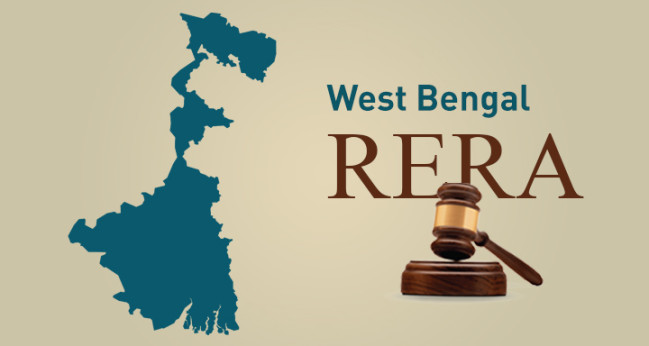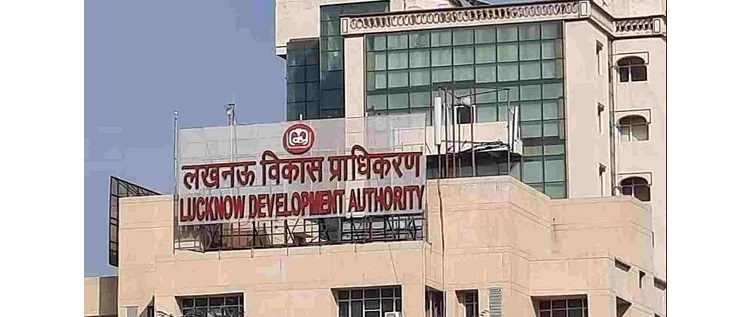E - PAPER
Goa revives controversial Regional Plan 2021
Nearly six years after it was put on hold due to protests, the Goa Regional Plan 2021 was revived on March 29, 2018, with the state government allowing construction activities, on a case to case basis, on the lands notified as settlement, commercial, institutional and industrial zones. Announcing th
 BY
admin
BY
admin
Published - Monday, 02 Apr, 2018

Nearly six years after it was put on hold due to protests, the Goa Regional Plan 2021 was revived on March 29, 2018, with the state government allowing construction activities, on a case to case basis, on the lands notified as settlement, commercial, institutional and industrial zones. Announcing the decision, Town and Country Planning minister Vijai Sardesai, said the developmental activities would be allowed case-wise, after following a proper procedure.
Implementation of the Regional Plan 2021 was put on hold by the then chief minister Digambar Kamat of the Congress on June 4, 2012, amid protests by the opposition, which feared that the RP would unleash unbridled construction activity, damaging the fragile ecology of the coastal state. The order issued today by the Town and Country Planning Department, prohibited development in eco-sensitive areas like low-lying paddy fields, water bodies, khazan land, flood-prone areas, lands having slopes with over 25 per cent inclination and forest lands, including private forests.
The land falling in the buffer zone of wildlife sanctuaries and those in the Coastal Regulation Zone (CRZ) cannot be developed, without the prior permission of Forest Department, even if they fall under the settlement or developable zones, it stated. “The government has been toying with the idea of rectification of the Regional Plan for Goa 2021 for quite some time. Permissions were being granted, only for lands which fall under settlement or developable zones,” said Sardesai. Due to confusion and anarchy, illegal developments and fragmentation of orchard lands and other agricultural lands were on the rise, the minister said while justifying the decision to revive the RP 2021.
RELATED STORY VIEW MORE
TOP STORY VIEW MORE

Mixed Outlook for Australia's Housing Sector In 2024
Mixed Outlook for Australia's Housing Sector In 2024
05 December, 2024NEWS LETTER
Subscribe for our news letter
E - PAPER
-

CURRENT MONTH 
LAST MONTH














